Hiking offers a refreshing way to connect with nature while staying active, relaxed, and mindful of personal well-being. Many beginners assume that hiking demands costly gear, extensive planning, and travel expenses, which often discourages them from even starting. However, with thoughtful preparation and practical strategies, anyone can enjoy affordable hiking experiences without compromising safety or comfort.
These outdoor activities are more popular in countries like Canada that have vast wilderness and diverse landscapes, attracting adventure seekers. Statista projects that Canada’s camping and outdoor recreation market will reach nearly 2.91 million users by 2030. Participation rates are expected to increase from 5.4% in 2025 to 7%.
With proper planning, hikers can leverage this increasing access to outdoor spaces, selecting routes, gear, and accommodations that fit both budget and skill level. From local trails to remote wilderness areas, the key lies in balancing adventure, safety, and affordability. This blog post aims to guide readers in planning budget-friendly hiking experiences while enjoying stunning natural beauty.
Choose the Right Destination for Affordable Hiking
Finding the right destination is one of the most important steps in planning a budget-friendly hiking trip. Affordable trails close to home can reduce travel expenses, allowing hikers to save money while still enjoying rewarding experiences. Choosing accessible parks or community-managed reserves ensures memorable adventures without placing heavy strain on personal financial resources.
Regions such as Canada and the U.S. boast an abundance of national parks and easily accessible outdoor getaways. Survey shows that Ontario residents value travel that combines natural beauty, cultural richness, and experiences that balance relaxation with adventure. Almost 60% of residents prioritize nature-based experiences when planning their leisure trips.
American adventure enthusiasts also showcase similar sentiments with a high inclination towards natural destinations that offer thrilling activities and convenience. According to Statista, around one-third of American adults reported hiking at least occasionally. Visitor numbers to national parks also reached a record 331.9 million in 2024, rising by over six million from 2023. These results show that both national parks and local trails can remain affordable choices for hikers who plan thoughtfully.
Prioritize Safety While Managing Travel Costs
Balancing safety with budget planning is essential when preparing for a hiking adventure. Travelers should not overlook potential risks while attempting to save money. Reliable transportation, adequate insurance coverage, and essential safety equipment must remain high on every checklist.
Budget-conscious hikers sometimes reduce travel expenses by carpooling or sharing rides to trailheads. While this practice saves money, it introduces shared responsibility for road safety. Hikers should be extra cautious in cities like Little Rock, which have recently reported rising numbers of road accidents. Beyond causing injuries, these incidents frequently block major roads and create delays that may disrupt carefully planned hiking trips.
For example, a recent crash along I-30 westbound near mile marker 133.5 caused significant lane closures and disruptions. The aftermath of such accidents often brings different challenges that affect victims deeply. In such situations, victims often seek help from an experienced Little Rock auto accident lawyer to navigate complex legal processes. For hikers, these accidents can also mean delayed trips, reminding them how road safety impacts outdoor adventures.
According to the Keith Law Group, these lawyers provide essential guidance, ensuring victims understand their rights and available legal options. They also negotiate with insurance companies to help secure fair compensation for medical expenses, lost wages, etc. Their experience allows victims to focus on healing while legal professionals manage the difficult aspects of their claims.
Budget Gear and Essentials Without Overspending
Finding the right hiking gear does not always require a large budget, as many quality options exist. Affordable equipment can still provide durability, comfort, and safety, ensuring a satisfying outdoor experience. Careful planning and research often help hikers prioritize essential items without unnecessary expenditures.
Market trends indicate that even as the outdoor industry grows, budget-conscious consumers remain influential, seeking value over brand recognition. Understanding the price-performance ratio of gear helps individuals avoid overspending while maintaining preparedness for challenging trails. Moreover, technological advancements have enabled manufacturers to produce lighter, versatile, and cost-effective hiking essentials.
When planning budget-friendly hikes, knowing what gear matters most helps prioritize spending and avoid unnecessary expenses. According to Global Growth Insights, 60% of hikers prefer ultralight equipment, while 45% prioritize sustainable products. Moreover, 40% are drawn to GPS or smart-enabled hiking tools. Focusing on essentials such as durable footwear and multifunctional gear ensures comfort on the trail.
Maximize the Overall Hiking Experience on a Budget
Hiking can be deeply rewarding, offering both physical activity and mental relaxation in natural surroundings. Proper planning ensures participants enjoy trails fully without sacrificing safety, comfort, or essential needs. Budget-conscious strategies, especially around food and supplies, allow hikers to maintain energy and satisfaction throughout their trips.
Meal planning is a critical part of maximizing hiking experiences, as nutrition directly affects energy, stamina, and overall enjoyment. Choosing affordable, lightweight, and nutritious foods can significantly reduce costs while maintaining health and performance. Thoughtful meal preparation also minimizes waste, supporting both budget and environmental sustainability goals on the trail.
A study in ScienceDirect highlights that outdoor recreation participants make deliberate decisions about meals. These decisions significantly influence both enjoyment and budget efficiency. Selecting cost-effective, pre-planned backcountry meals ensures hikers stay energized without overspending. These insights indicate that focusing on meal strategies allows hikers to enhance their experiences.
FAQs:
1. What are the most important steps for affordable hiking trips?
Affordable hiking trips require careful planning, including choosing budget-friendly destinations, preparing meals in advance, and selecting cost-effective gear. Prioritizing transportation safety, trail preparedness, and essential items helps control expenses. Following these steps allows hikers to enjoy the outdoors fully while maintaining a sustainable, economical outdoor lifestyle.
2. How can beginners start hiking without high costs?
Beginners can start hiking by exploring nearby trails, borrowing or sharing gear, and preparing simple meals at home. Avoiding costly destinations and focusing on practical, multi-purpose equipment helps minimize spending. This approach encourages consistent participation, builds skills gradually, and makes hiking accessible without creating financial strain.
3. Is it possible to enjoy hiking without advanced gear?
Yes, hiking can be enjoyable without advanced or expensive gear. Essential items like sturdy shoes, weather-appropriate clothing, and reusable water bottles are sufficient. Prioritizing comfort, safety, and preparedness over brand names ensures a cost-effective experience. Thoughtful planning allows hikers to enjoy trails without overspending unnecessarily.
Budget-friendly hiking experiences are both achievable and rewarding. Careful planning allows hikers to manage expenses while focusing on safety and comfort. By choosing affordable destinations, borrowing gear, and preparing meals, anyone can explore nature responsibly. Remembering the importance of safe travel ensures that every hiking adventure becomes a lasting and positive memory.




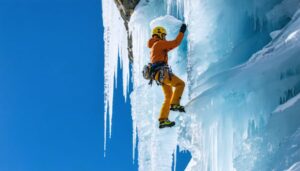



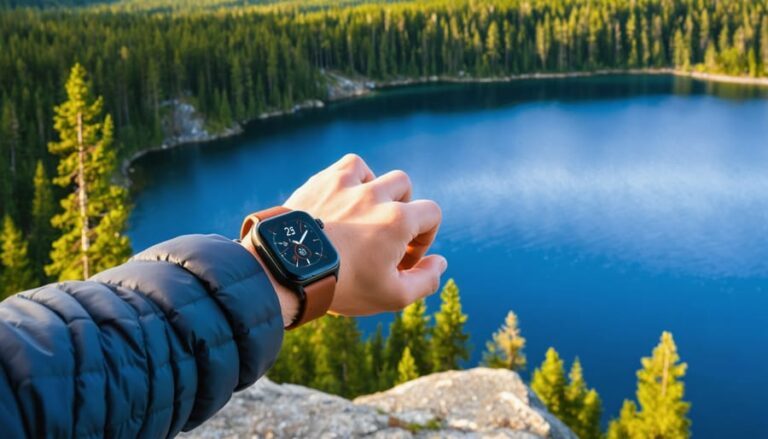

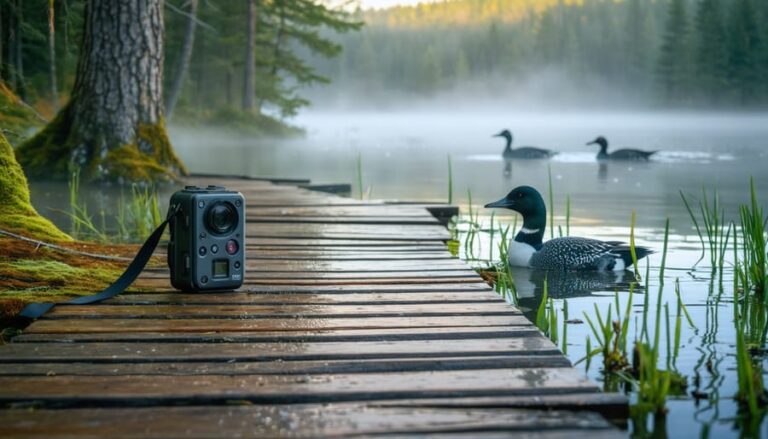
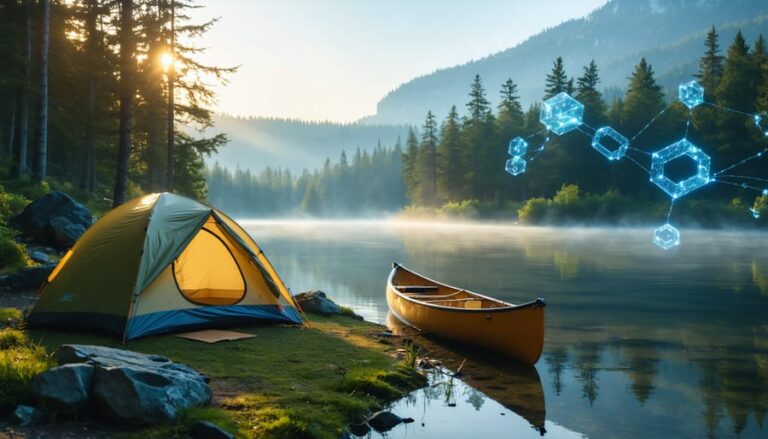
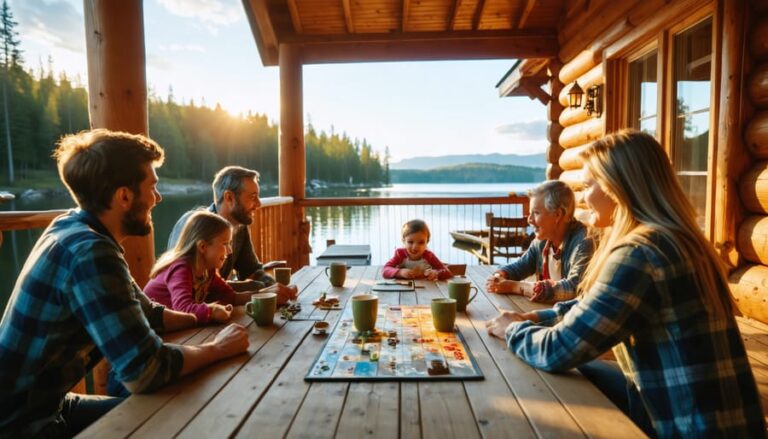

+ There are no comments
Add yours